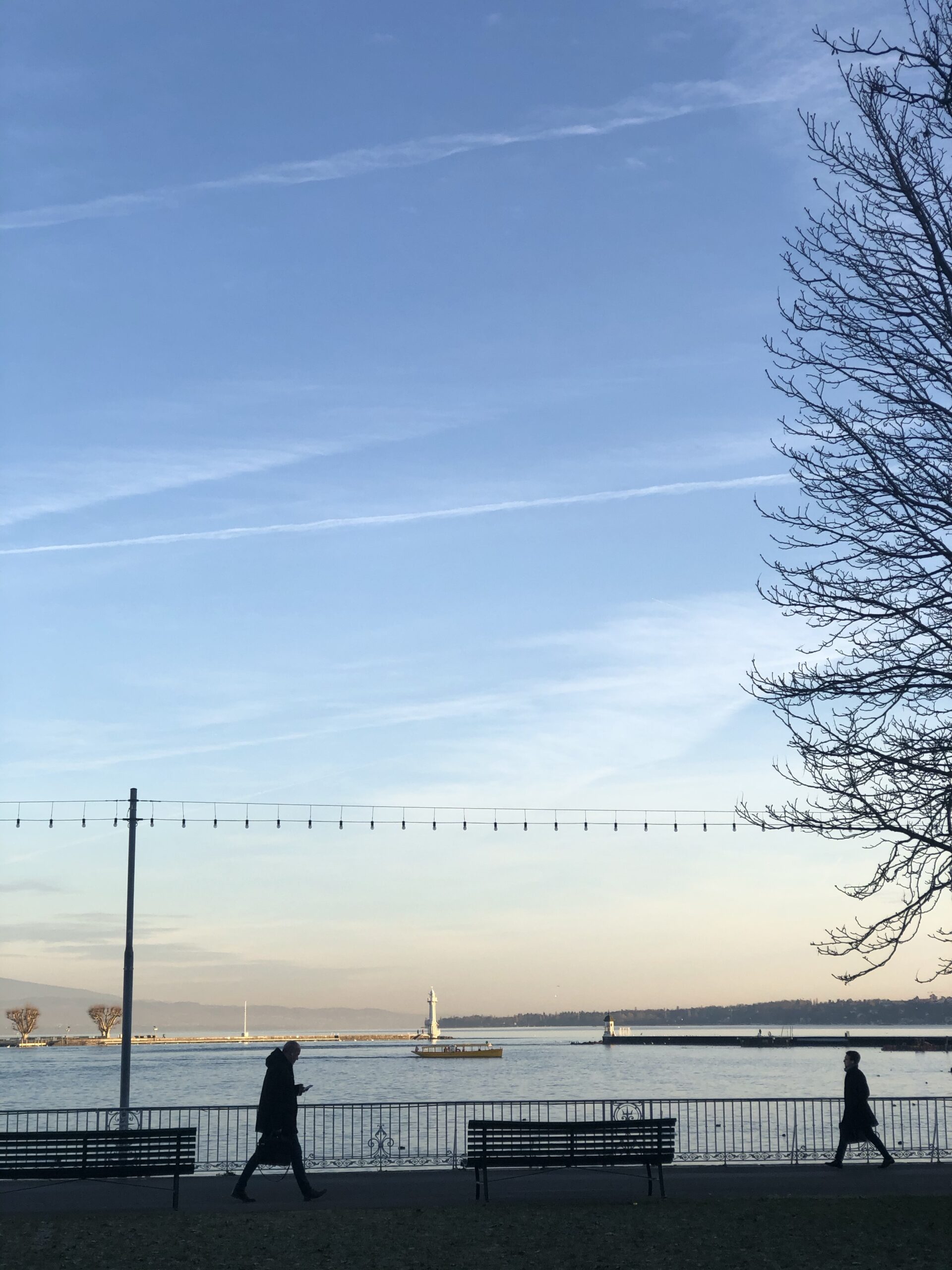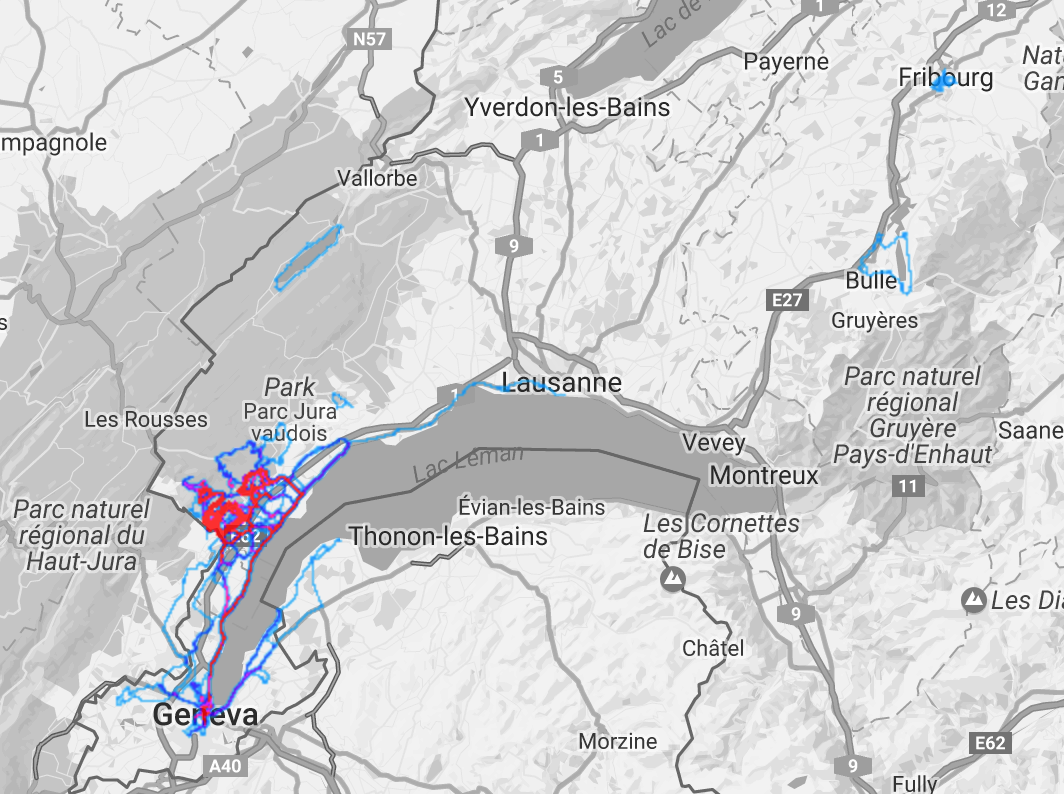Category: cities
-

City Cat Sitting.
Reading Time: < 1 minuteFor the first time in my life I am cat sitting. I’m used to village cats and this is a city cat so I don’t know how much time I need to spend with the cat, how much I need to play and more. When I look after toddlers I know…
-

Environmentalism and Traffic Lights
Reading Time: 3 minutesWhen you’re driving from Nyon to the airport without traffic the journey takes about twenty minutes. If you decide to drive into the city of Geneva that journey time is doubled thanks in main part to traffic lights. It once took me over one hour when scuba diving in Hermance to drive from…
-
Unseen
Reading Time: < 1 minuteUnseen is a documentary divided in to two parts. The first part is about five individuals who provide tours of various parts of London which they inhabited as homeless person and the second part is feedback and advice.
-
Richard, the Piano Tuner
Reading Time: < 1 minuteRichard from England Your England on Vimeo. An alternative way of living and paying off debt.
-
The drive home – My 400th post
Reading Time: 2 minutesLast night’s drive was amazing. It’s just the type of drive you want to have. It starts in the middle of the afternoon as a friend helps you load the car and you set off for a 900 kilometer drive. At the beginning you have to deal with London traffic/congestion. After this…
-
The Tricaster – Videoforum
Reading Time: < 1 minuteThe Tricaster is a Multimedia portable switcher. In other words it’s an OB van in a box. It’s a vision mixing deck on the light. They range from having two sources to six depending on your needs. Rather than have racks and racks of expensive gear to lug around for low…